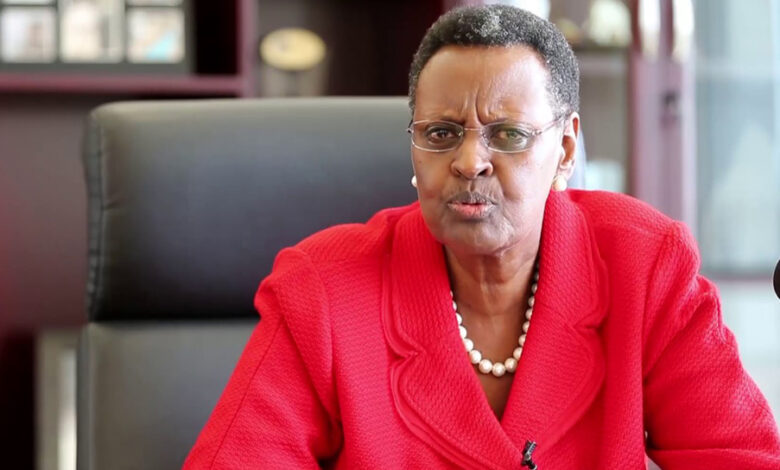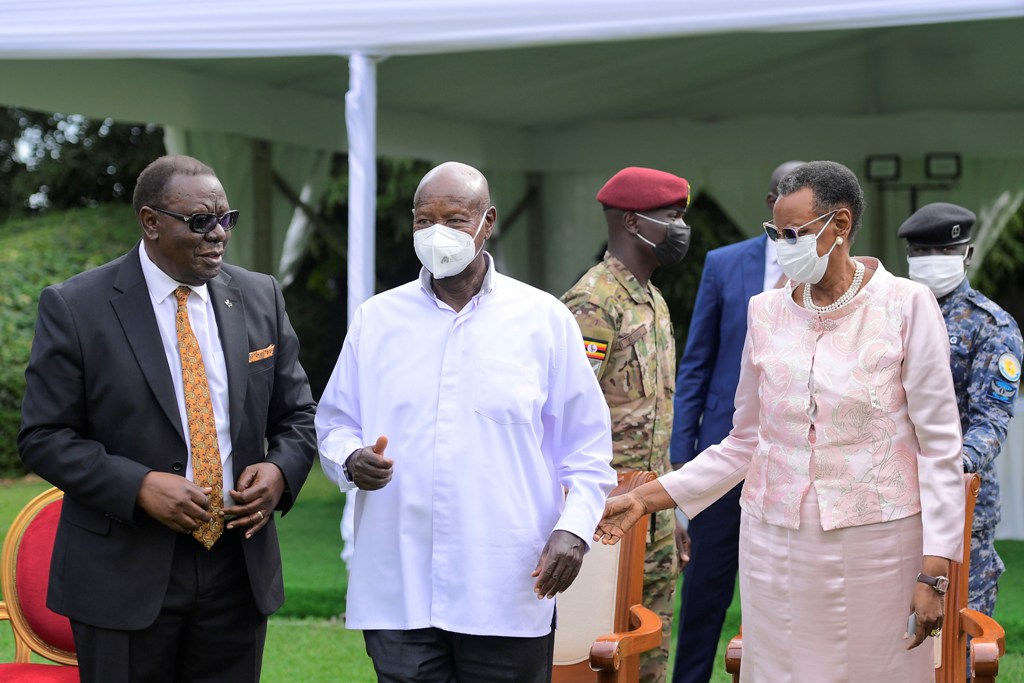Balancing enrollment and quality is critical in Uganda’s health training institutions
The situation is particularly concerning in Uganda's health training institutions, where enrolment has soared due to the growing demand for healthcare professionals.

Uganda’s health training institutions are facing a significant challenge—overcrowded classrooms and limited training spaces in health facilities.
Janet Kataha Museveni, the Minister of Education and Sports, recently addressed this issue, emphasizing that student admissions should be in line with the capacity of both institutions and the health facilities used for practical training.
During the release of the June 2024 final exam results for nursing and midwifery programs at State House Nakasero, Mrs. Museveni acknowledged the rising enrolment in health training programs but stressed the need for a balanced approach.
“We can easily resolve this issue by reducing admissions,” she remarked, suggesting that the number of students accepted should be aligned with the resources available.
The situation is particularly concerning in Uganda’s health training institutions, where enrolment has soared due to the growing demand for healthcare professionals. While this surge reflects a positive shift towards addressing healthcare gaps, it also presents a logistical dilemma. Institutions are struggling to provide adequate space and quality hands-on training, leaving students crammed into overcrowded facilities.
A Call for Action
Christine Nimwesiga, the chairperson of the Uganda Nurses and Midwives Examination Board (UNMEB), was the first to highlight these issues.
She urged the Ministry of Education to undertake a comprehensive study on the matter, calling for a policy intervention to ensure the quality of health education is not compromised by high enrollment numbers.
Nimwesiga’s concerns resonate with the experiences of many students who find themselves battling not only exams but also the pressure of limited training resources. Some students have even described situations where they had to wait in line just to practice basic medical procedures, a worrying sign in a field that requires hands-on experience.
“Sometimes you feel like you are not getting enough practice because there are just too many students and not enough space or time for everyone to get the attention they need,” says Maria Namugerwa, a nursing student.
The Minister’s Response
In response to these challenges, Mrs. Museveni called for a common-sense approach, highlighting that reducing the number of admitted students would be the most immediate solution.
“With limited resources and many priorities, we either need to build more hospitals or expand existing ones to provide additional training spaces,” she said. Until these long-term solutions can be implemented, cutting down admissions is the most practical step forward.
This suggestion, while pragmatic, raises concerns for many aspiring health workers. “I understand why reducing admissions makes sense, but for those of us still trying to get in, it’s frustrating,” shares John Kato, another nursing student hopeful. “We want to help our communities, but there’s now even more competition to get into these programs.”
However, the minister’s remarks reflect the realities of Uganda’s current healthcare system, where resources are spread thin, and the infrastructure isn’t growing fast enough to meet the rising demand for health professionals.
Expanding Opportunities
Despite the challenges, the Ministry of Education is working to create more opportunities for students, particularly in highly sought-after post-basic programs such as advanced diplomas in palliative care, pediatrics, and public health.
Dr. Kedrace Turyagyenda, the newly appointed Permanent Secretary at the Ministry of Education, explained that enrollment in these programs has grown due to government interventions.
“We’ve seen an increase from 53 to 112 students in some of these advanced programs because we’ve lowered entry qualifications and provided sponsorships,” Dr. Turyagyenda stated, pointing to efforts that aim to make healthcare training more accessible.
However, even with these efforts, the strain on resources remains evident. Expanding the capacity of institutions and health facilities will be crucial in maintaining the quality of training while meeting the increasing demand for healthcare professionals in Uganda.
The Path Forward
Uganda faces a delicate balance between meeting the growing demand for healthcare workers and ensuring quality education for students. As the conversation around this issue continues, students, educators, and policymakers alike are grappling with how to move forward without sacrificing the quality of healthcare training.
For now, the focus remains on aligning admissions with institutional capacity, but the long-term solution will require substantial investment in the country’s healthcare infrastructure.
As Mrs. Museveni pointed out, the decision to limit admissions is not a permanent solution but a necessary stopgap until more training spaces can be provided.
As Uganda works to address these challenges, the voices of students like Maria and John will continue to echo the need for balance between opportunity and quality in the health education sector. “We just want a chance to learn and make a difference,” says Maria, capturing the sentiments of many who are eager to step into the healthcare field but face an uphill battle to get there.
The hope is that, with continued dialogue and investment, Uganda can pave the way for a new generation of well-trained healthcare professionals—without leaving anyone behind.







